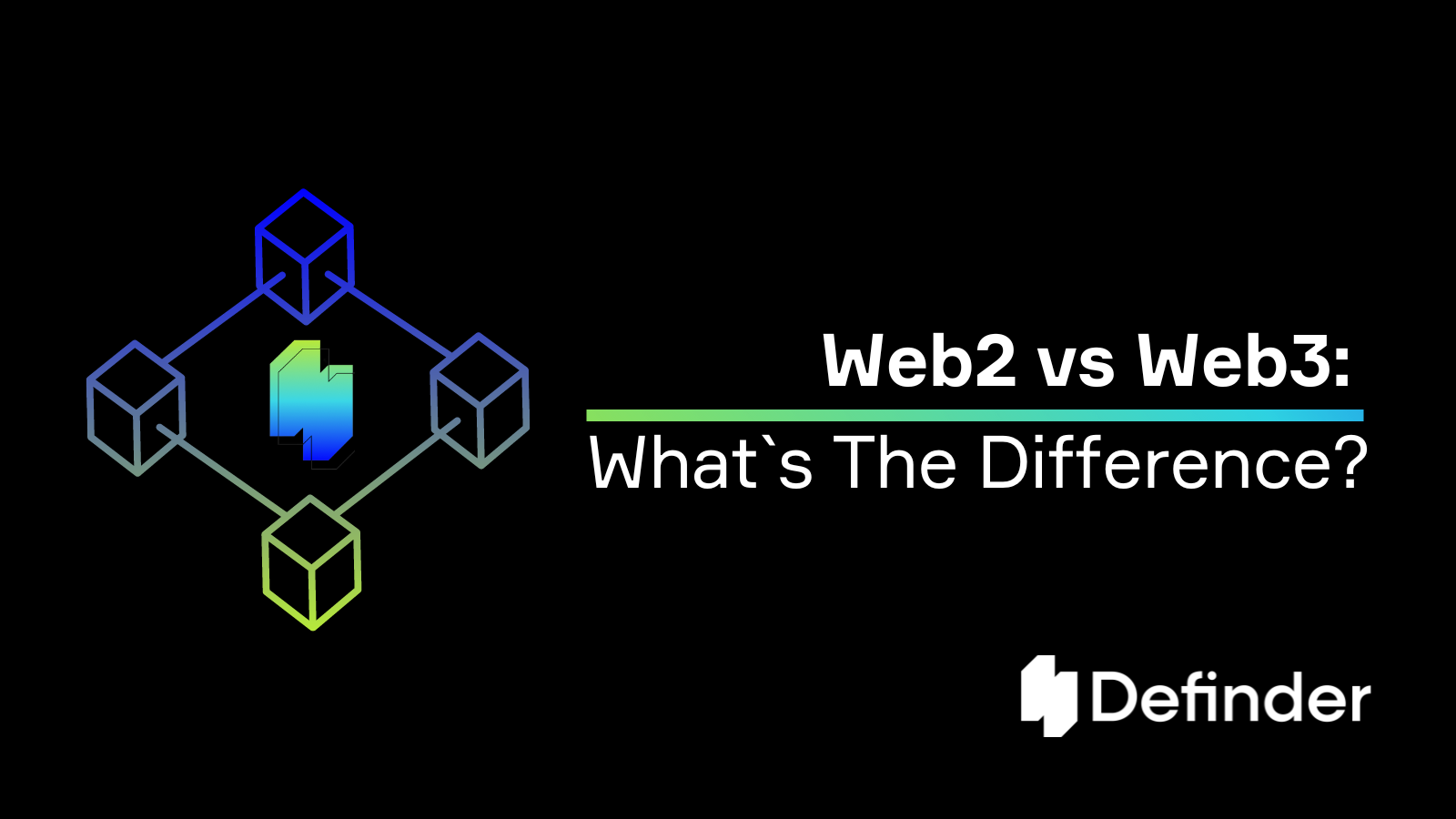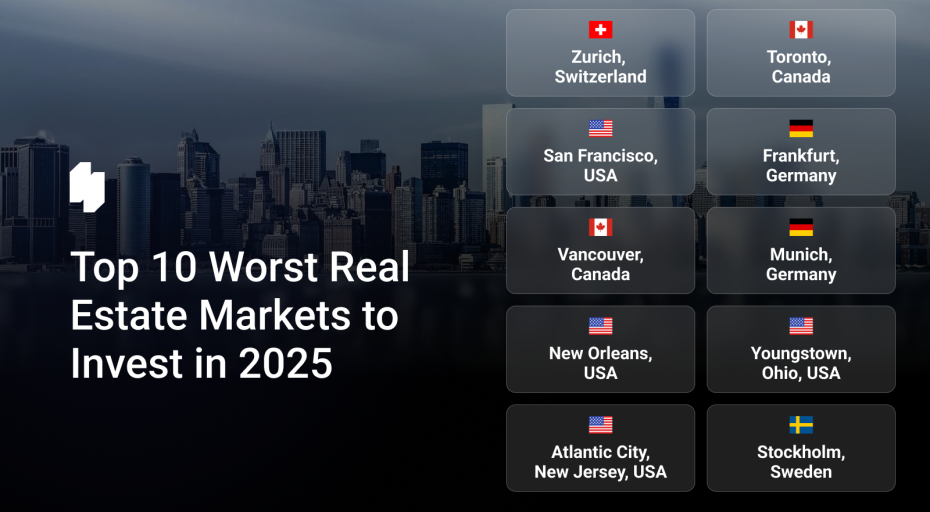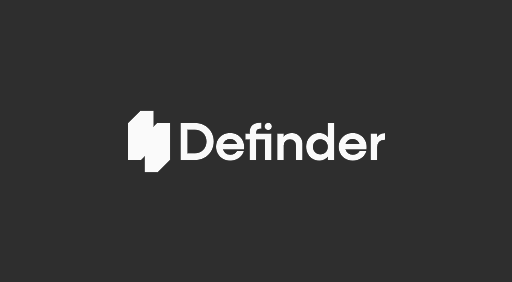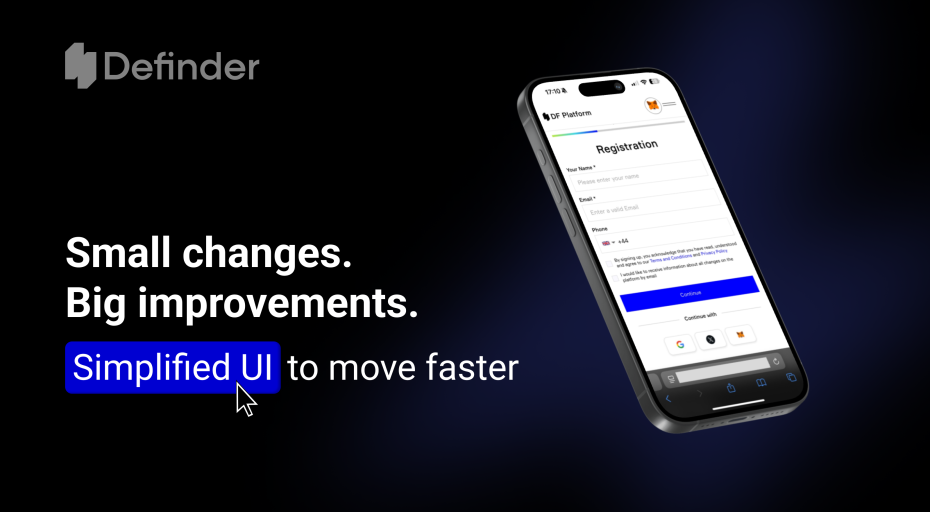
What’s Web3?
You’ve certainly heard a lot about Web3, but if you’re still not sure what it is, don’t worry since a lot of people are still trying to define it precisely. However, Web3 – the most recent internet iteration – is a decentralized online network built and established using the blockchain.
There is no centralized authority or governing body in charge of Web3 platforms or apps. To put it another way, companies aren’t collecting, holding, and monetizing a user’s data when they sign up for a Web3 service or app. Instead of exchanging data for access, users can participate and interact on Web3 platforms. Furthermore, the services are developed with total transparency and trust in mind, with all data and updates recorded on the blockchain.
Of course, this is only the tip of the iceberg when it comes to describing Web3. The easiest approach to comprehend this new era of the internet is to look at what came before Web3.
Web2 and Web1
Web1 existed from 1989 to 2005. People were astounded by the opportunity provided by web1 to search and navigate text-based and static websites. They accomplished this without the use of an algorithm to sift through web pages and suggest relevant material. They could only look for and read material on the internet. Only a few were in the content creation business. There was nothing like the comment area, likes, views, and a plethora of other features that we have now on our social media platforms, websites, and blogs. What about money? There was no such thing as internet payment, and cross-border payment with a card was not possible. Web1 is known as the “dark ages of the web” in our opinion. Web2 improved on its shortcomings.
Web2 introduced new functionality, resulting in the web we know today. Like, share, and comment buttons on Facebook, Instagram, Snapchat, WeChat, and other social media and websites are examples of web 2.0 features. Web2, as opposed to static web1, is dynamic. People can not only search for information, but they can also communicate and connect with one another. Algorithms skim through pages and recommend suitable pages based on the topic you’re looking for. You can spend hours watching films on YouTube, posting images and videos online, and making cross-border transactions from your computer.
It’s a centralized web, meaning that a large portion of online activity occurs on closed platforms run by these monopolistic corporations like Snapchat, Meta, Alphabet Inc., which the federal government regulates.
Of course, Web2 isn’t without its benefits (where would we be without TikTok and Tinder? ), but many people are wary of the data collecting carried out by these digital overlords, and there’s a rising movement of individuals trying to reclaim control of their online experience.
The Major Differences Between Web2 and Web3
To summarize, let us look at some of the significant differences between Web2 and Web3
| Aspect of protocol | Web2 | Web3 |
| Trust model | You will need to trust the companies behind them as most data is not public.Tenets: Centralized software, services and servers. | Trust is minimized – the code is publicly available on the blockchain and the protocol is decentralized.Tenets: Decentralized, peer-to-peer, no single point of failure, no or minimal central authorirty. |
| Governance | All the control is consolidated between digital conglomerates. | Governance is distributed to stakeholders and governance is often decided by token holders. For instance through a Decentralized autonomous organization (DAO). |
| Business model | Digital conglomerates own customer data, which they sell to earn revenue. | Transactions validators in the network are paid by the blockchain network. |
| Content | Dynamic, user-generated content on websites, social media, et cetera. | Assets and content are user-owned and uncoupled from Web2 services. |
| User participation models | Create free services in exchange for users’ data. Third party intermediary companies are used to make payments. | Payments are made directly to transaction validators within the blockchain network. |
| User interfaces | Social networks, mobile apps | Decentralized apps (dApps). Decentralized marketplaces or services. |
| User authentication methods | Centrally stored user IDs and passwords | Private keys for self-hosted wallets or third-party wallets. These wallets can either be connected to the internet (hot wallet) or be stored on a digital devices that’s not connected to the internet (cold wallet) |
| Financial system | Central banks and other financial institutions centrally manage financial systems. | Financial systems run by smart contracts and blockchain protocols. Minimized centralized control and transparent code publicly available code. |
| Currency | Being part of a financial system currency is centrally managed by government. | Users act as their own bank, but can delegate to a centralized exchange. Cryptocurrency built into a decentralized blockchain. |
Web3 Ecosystem
- DApp — runs on a decentralized and immutable blockchain network. It is an automatic execution agreement that writes transaction terms into code through smart contracts. Both parties can do their transaction without trust.
- DeFi (Decentralized Finance) — This is a new financial system with cryptography, decentralization, and blockchain.
- NFT (Non-Fungible Token) — This is a digital asset that has value due to its uniqueness. Digital assets can be transferred, sold, mortgaged, lent, or kept for their own appreciation. It is also a new way to make money by selling their works without relying on intermediaries.
- DAO (Decentralized Autonomous Organization) — is a new organization governance model built around transparency and inclusiveness. It is a community shared by participating members and managed by the consensus of members.
Web3 is ushering in an entirely new way people participate on the internet. There are many surface-level differences plus more nuanced distinctions compared to the previous versions of the internet.
Web3’s ecosystem will only grow and gain popularity among users. We believe in decentralization and a community that can work together to create projects based on DAO principles. We believe that the DF platform has the potential to be self-regulating and beneficial to investors and project creators. Investing becomes easier and more accessible when everything is transparent and visible. Every day, the DF platform team aims to meet the prerequisites for calling itself a Web3 crowdfunding platform.
Where will Web3 take us?
Because web3 is still in its early stages, no one can predict its future course with certainty. So, rather of waiting on the sidelines, build, interact, and get in early because early adopters benefit the most in the long term. Web2 thrived due to trust in centralized exchanges. The same trust will drive Web3 The same trust will drive DF Platform.




